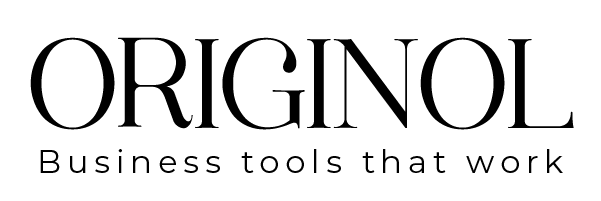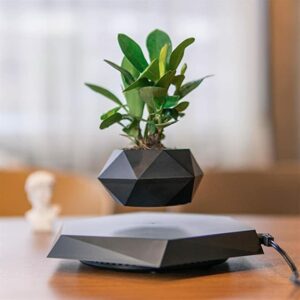
- About 40% of adults ages 65 and older experience memory loss.
- Researchers from Boston University have found that applying noninvasive electrical stimulation to certain parts of the brain may help improve long-term and working memory in people over the age of 65 for up to a month.
- Scientists hope their findings will help with other medical conditions, including Alzheimer’s disease, schizophrenia, and anxiety.
Memory loss can be part of the aging process. Researchers estimate that about
While
Now, researchers from Boston University have found that applying noninvasive electrical stimulation to the brain over a certain time span helps improve long-term and working memory in adults over 65 years old, and they detected improvements 1 month after the stimulation.
This study recently appeared in the journal
In its most basic sense,
Memories are housed in certain areas of the brain and fall into
The brain stores
Working memory is usually considered synonymous with short-term memory. However,
For this study, the Boston University research team tested a noninvasive type of electrical stimulation called transcranial alternating current stimulation (tACS).
Scientists used the tACS system to deliver oscillating electrical currents through electrodes placed on the scalps of 150 people between the ages of 65 and 88. Study participants received about 20 minutes of tACS for 4 consecutive days.
While receiving the tACS treatment, participants also had to perform a memory task where they recalled a list of 20 words that were read aloud by a member of the research team.
The researchers found that the participants who received high-frequency electric stimulation to the
Researchers also found that participants who received low-frequency electric stimulation to the
The memory gains participants experienced were still detectable 1 month after the stimulation.
“The brain communicates via electrical impulses,” explained study team member Dr. Robert M. G. Reinhart, a cognitive neuroscientist and assistant professor of psychological and brain sciences and biomedical engineering, and director of the Cognitive & Clinical Neuroscience Laboratory at Boston University. “That is, information in the brain is conveyed using electrical impulses or neuronal rhythms.”
“What we have shown here and elsewhere is that we can apply safe and noninvasive applications of low-intensity alternating current in a specialized way that is keyed to the intrinsic
Dr. Reinhart explained that the mechanism for how this works is called entrainment, which refers to the temporal locking between the rhythm of the applied stimulation and the intrinsic rhythm inside the brain.
“That is, the electrical stimulation is taking control of the timing of brain activities,” he said.
“Time is a crucial variable in the brain. The brain is constantly sending and receiving packets of information at blinding fast speeds. Brain rhythms are an exquisite solution that the brain has evolved to use to efficiently coordinate these fasting-moving bundles of information which make up our memories,” pointed out Dr. Reinhart.
Dr. Reinhart said the research team is investigating whether they can improve cognition in schizophrenia, rescue memory in Alzheimer’s disease, and reduce symptoms of anxiety using a variety of new noninvasive stimulation tools they are developing.
“We are excited and humbled to be on the frontier of neuroscience and remain cautiously optimistic about the future of noninvasive network-based brain modulation tools for rectifying aspects of brain disorders and helping people who are suffering from a wide variety of vexing neurological and neuropsychiatric illnesses,” he added.
MNT also spoke with Dr. Maria Lapid, a geriatric psychiatrist at the Mayo Clinic, about this study, the results of which she described as “fascinating.”
“Many noninvasive brain stimulation techniques are now being studied based on growing evidence that brain stimulation potentially improves memory. This particular study is impressive because of the significant improvements in memory after a very short duration of treatment.”
– Dr. Maria Lapid
Dr. Lapid said that while other similar studies show improvement of memory in people with dementia, they lack long-term outcomes, so doctors do not know how long the effects may last.
“The challenges are that there are many stages of Alzheimer’s disease and other dementias, many different types of noninvasive brain stimulation, and many areas of the brain that can be stimulated,” she explained. “More research is needed to sort these out.”
“I think it could be a promising therapeutic intervention that could help improve memory or delay [the] progression of memory decline in some people with cognitive impairment or dementia, even if only for a short time,” Dr. Lapid continued. “More research is needed on more patients with a longer time for follow-up to see whether memory improvements are sustained long term.“






